Monitoring a Starlink Dish with Zabbix
Curious about keeping tabs on your Starlink internet performance? Whether you're off-grid or just love tracking your network performance, this post has you covered!

Aleksandrs Petrovs-Gavrilovs
Zabbix Certified Expert & Trainer
Latest articles
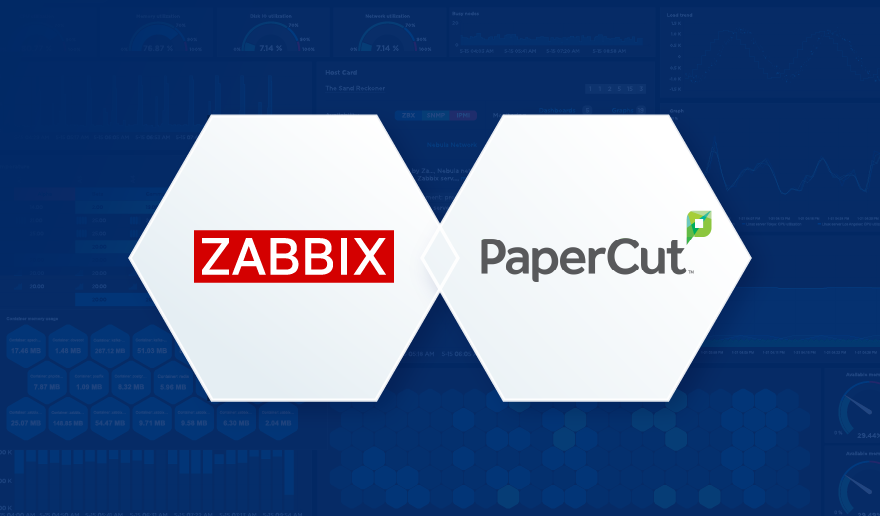
Keep Your Printers Happy with Zabbix and PaperCut NG

December 23, 2025
Integrations
We all know the panic when the print system goes down. As I’ve written about before, PaperCut NG is a fantastic tool for managing printing, but even the best software needs a watchful eye to prevent unexpected downtime.

Patrik Uytterhoeven
Open-source consultant and
Zabbix trainer at OICTS
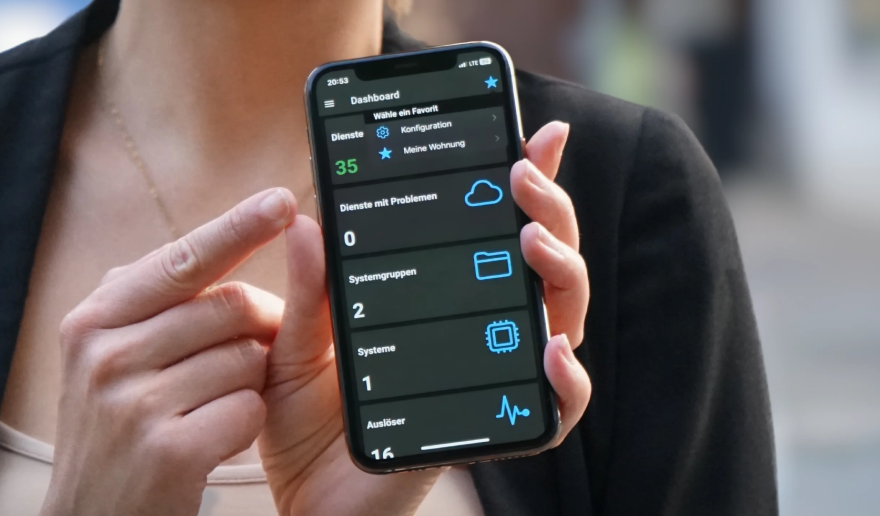
Put Zabbix at your Fingertips with the IntelliTrend Mobile App

December 16, 2025
Integrations
The official Zabbix frontend works great on desktop, but it isn’t built for mobile. Monitoring doesn’t end when you step away from your workstation, and a reliable Zabbix mobile app keeps you connected to your Zabbix environment, gives you instant notifications, and allows you to react to problems or just check your host configuration at […]

Wolfgang Alper
CEO, IntelliTrend IT-Services GmbH
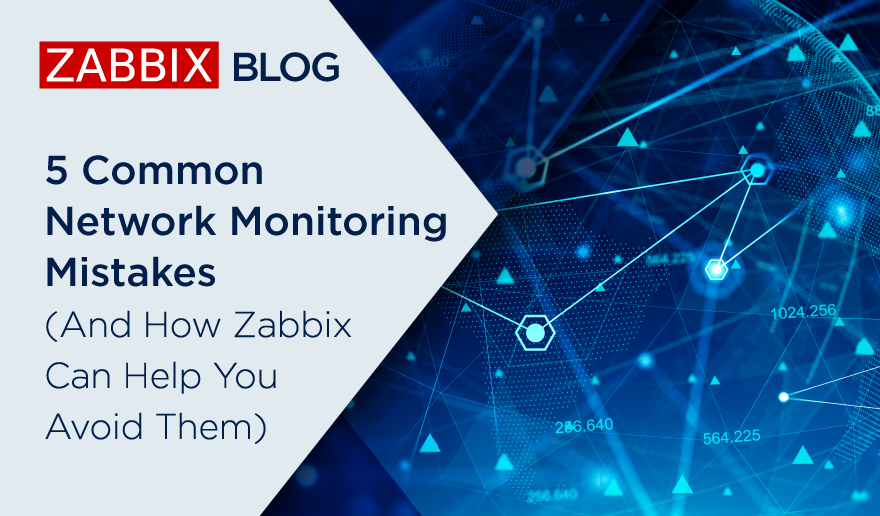
5 Common Network Monitoring Mistakes (And How Zabbix Can Help You Avoid Them)

February 14, 2024
Community
Being the world’s most trusted open-source monitoring solution means that businesses of every size and description turn to us for their network monitoring needs. This gives us an inside look at how easy it is for them to suffer disruptive network failures, which usually happen thanks to relatively simple miscalculations.

Michael Kammer
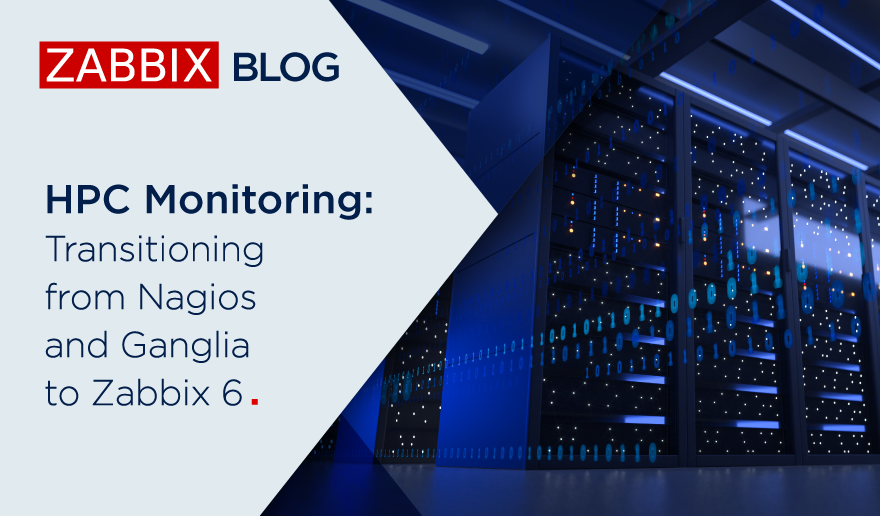
HPC Monitoring: Transitioning from Nagios and Ganglia to Zabbix 6

February 8, 2024
Community
My name is Mark Vilensky, and I’m currently the Scientific Computing Manager at the Weizmann Institute of Science in Rehovot, Israel. I’ve been working in High-Performance Computing (HPC) for the past 15 years.

Mark Vilensky
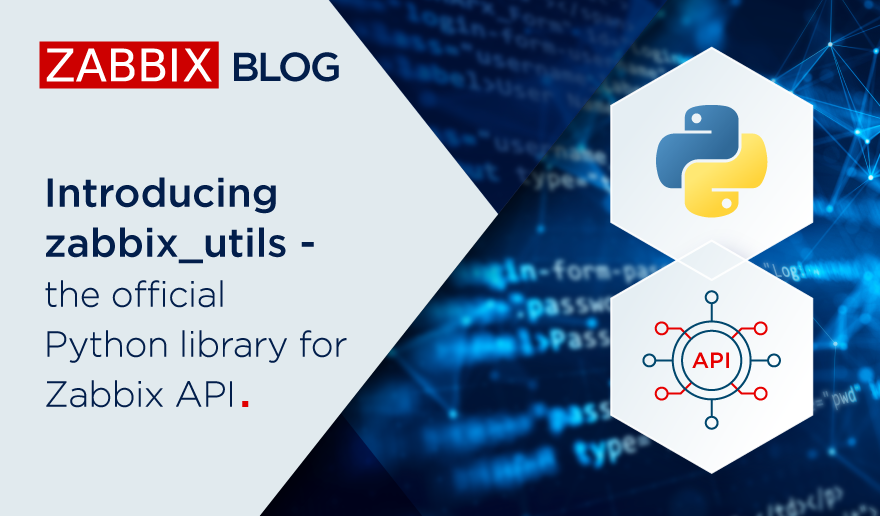
Introducing zabbix_utils – the official Python library for Zabbix API

February 1, 2024
How To
In this article, we will introduce you to the main capabilities of the newly released official zabbix_utils library and provide examples of how to use it with Zabbix components.

Aleksandr Iantsen
Integration engineer at Zabbix
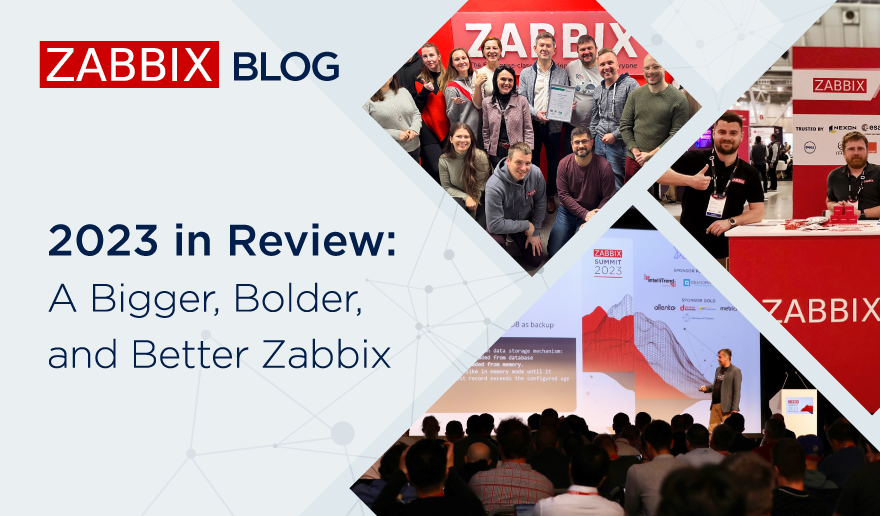
2023 in Review: A Bigger, Bolder, and Better Zabbix

January 25, 2024
Community
It hardly seems possible, but somehow 2023 is already in the rearview mirror. It’s been quite a ride, full of dynamic growth, popular events, new releases, and exciting additions to our global community. Without further ado, let’s take a look at the highlights!

Michael Kammer
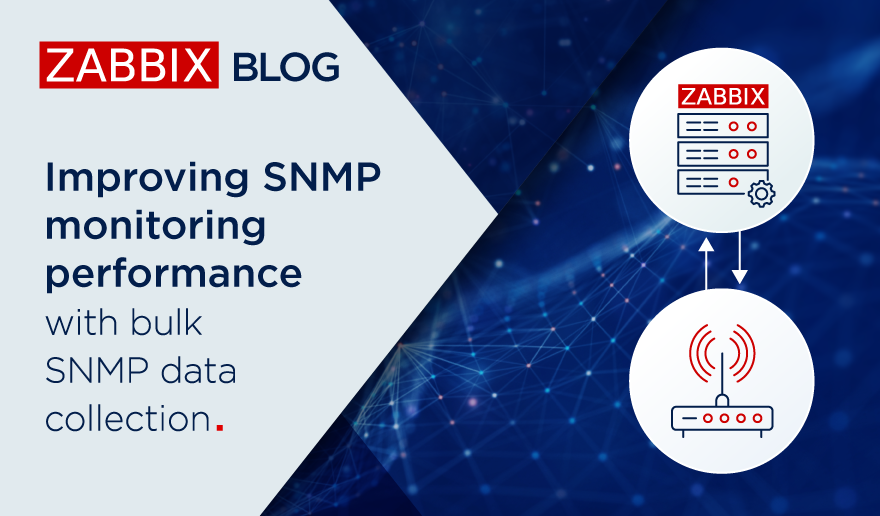
Improving SNMP monitoring performance with bulk SNMP data collection

January 19, 2024
How To
Zabbix 6.4 introduced major improvements to SNMP monitoring, especially when it comes to collecting large numbers of metrics from a single device. This is done by utilizing master-dependent item logic and combining it with low-level discovery and newly introduced preprocessing rules. This blog post will cover the drawbacks of the legacy SNMP monitoring approach, the […]

Arturs Lontons
Zabbix Certified Expert & Trainer
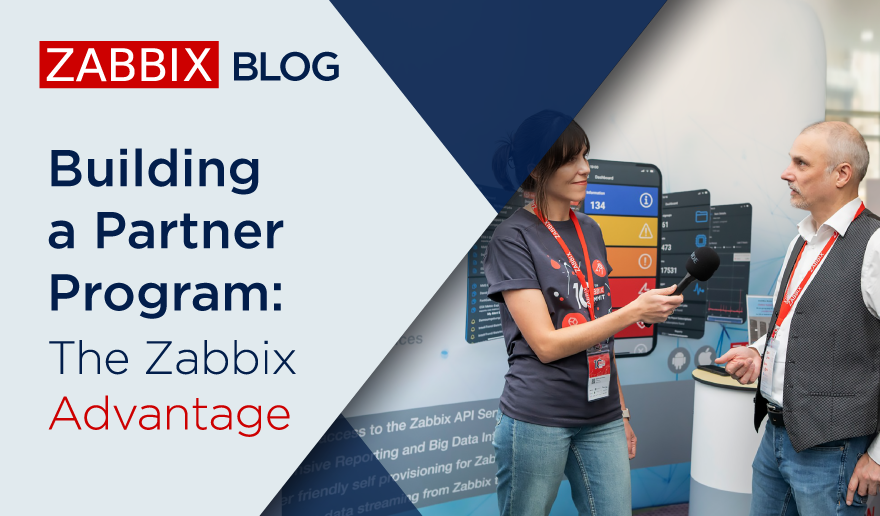
Building a Partner Program: The Zabbix Advantage

January 8, 2024
Community
At Zabbix, our emphasis on high performance, functionality, and reliability has led to the creation of one of the most popular monitoring solutions on the market. It’s so popular, in fact, that we get near-constant requests for Zabbix professional consulting, advice, support, and training from almost every corner of the world.

Michael Kammer









